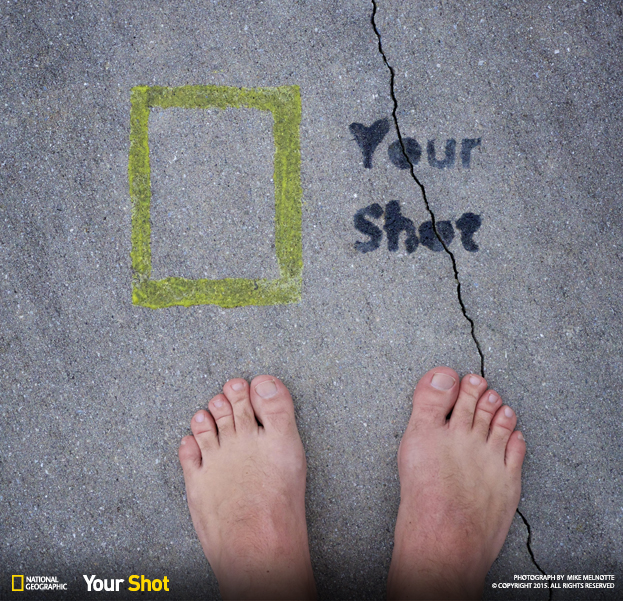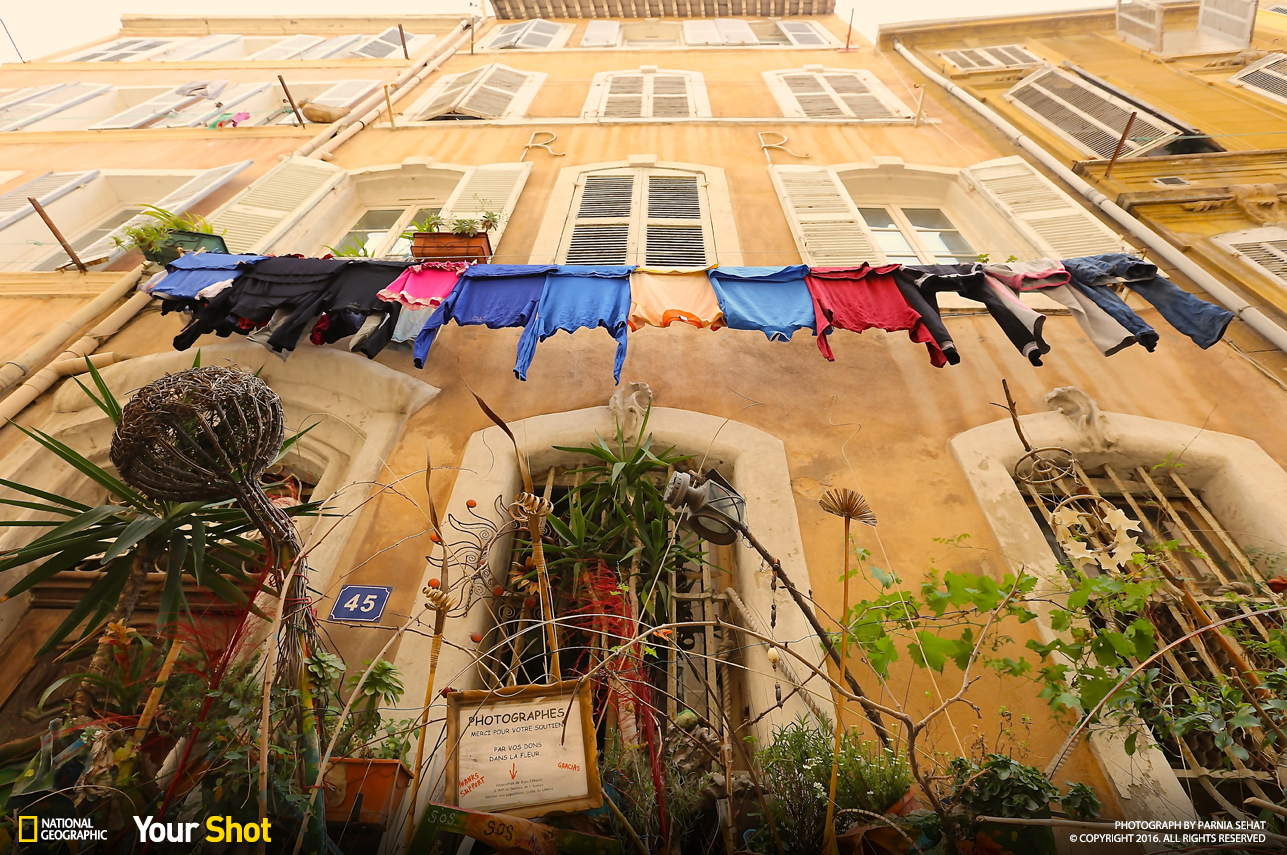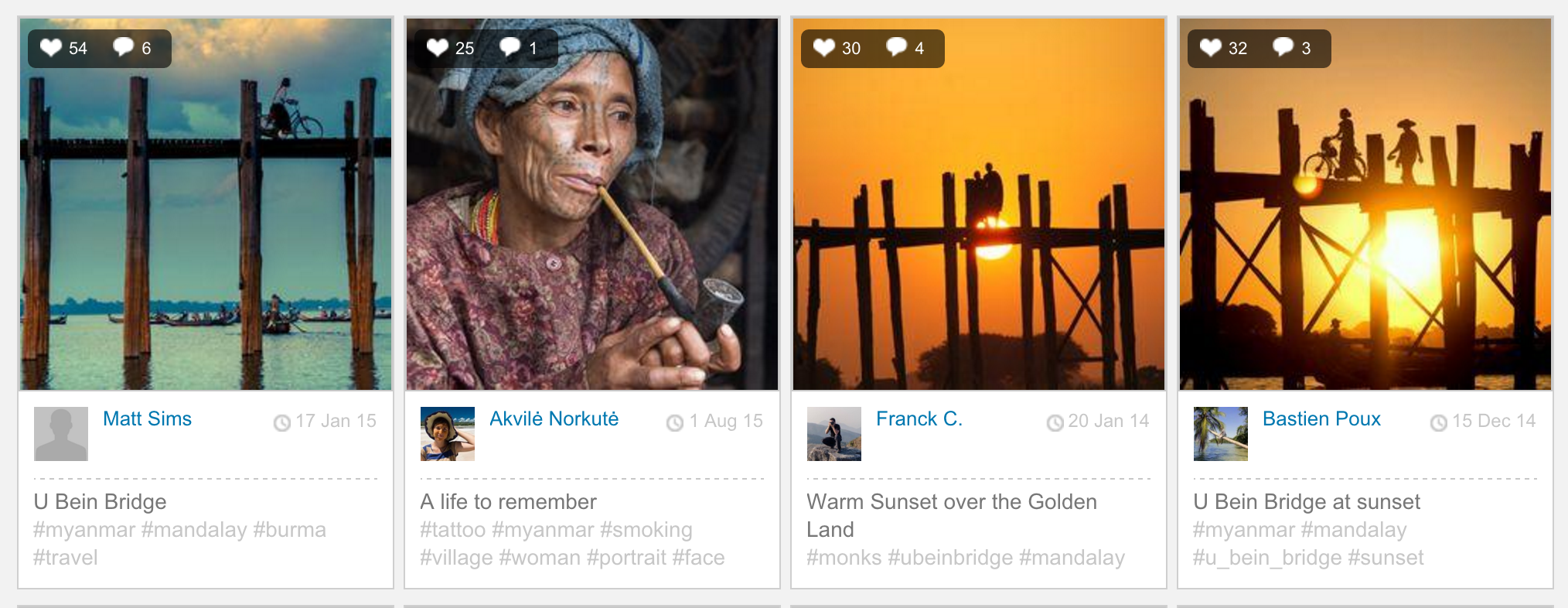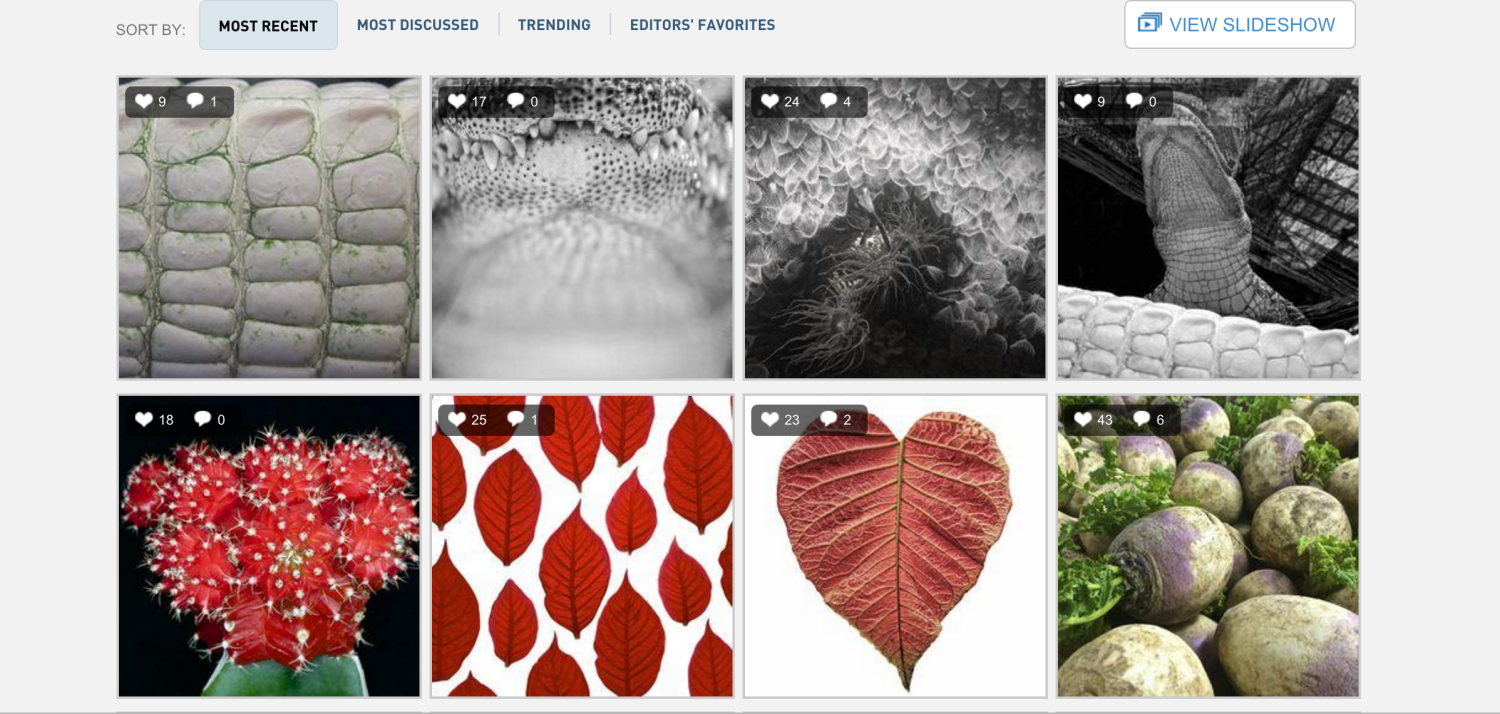Seven years and more than 1,000 photos ago, Mike Melnotte shared his first image with National Geographic’s Your Shot. The image featured a striped, contorting caterpillar.
“I don’t even know how I stumbled across it,” said Melnotte, a pharmaceutical rep who lives in Wilmington, North Carolina.
He learned photography in high school, then mostly just took snapshots for a few decades. But shortly after buying his first DSLR camera, when he saw that he could share his images with an online community and that National Geographic editors might favorite them, offer feedback or even feature them, he began taking images and submitting them more and more.
It used to be that belonging to the National Geographic community meant being a subscriber and getting a card acknowledging that membership, said Your Shot Director Monica Corcoran.
“But what does that mean now in this digital space?” she asked.
For National Geographic’s Your Shot, it means 687,131 members in 131 countries. 5.5 million photos have been uploaded from every country in the world. The most popular assignment brought in 35,000 images during three weeks. And on a daily basis, about 10,000 people are what Your Shot Director Corcoran calls “active superusers.”
Melnotte is one of them. Some photo sites just look good, he said. Some have really strong communities.
“Your Shot really combines the two of those in the best way possible.”

Mike Melnotte has been part of National Geographic’s photo community since 2009. (Photo by Mike Melnotte)
Community
Your Shot started in 2006. Back then, readers could submit one photo a month to try and get published in the magazine. In May of 2013, Your Shot relaunched with real community functionality. (Melnotte was a beta tester). The relaunch allowed people to create profiles, add comments and leave feedback. It also allowed Your Shot to create assignments and curate stories from them with the help of National Geographic photojournalists serving as guest editors, “and that has really taken off within the community,” Corcoran said.
For amateur photographers, getting into photography and photojournalism can be overwhelming, she said. The assignments pull back the curtain on what it feels like to be on assignment, to communicate with an editor in the office and to work around a certain theme or topic.
“The community in general is very much about learning,” Corcoran said. “People want to be better storytellers. That’s why they’re here.”
Assignments stay open for about a month. When people submit photos, editors see them and may provide feedback. There’s no cost to be in the community, and members don’t get paid for images that are used on the site. Some do get paid for their images, however, including the winning Best of the World image that was used on the cover of the December 2015/January 2016 National Geographic Traveler. And for Melnotte, it’s also opened up the doors to other work that does pay, he said.
Your Shot has a team of four that manages a highly-engaged community. Time spent on the site creeps up to around seven minutes per user, Corcoran said, and a large number are repeat users.
“The nut to crack for us is how do we bring that high engagement that’s within Your Shot to the rest of the site?” she said.
That’s a big part of what the team is trying to figure out now. They’ve experimented with pointing the Your Shot community to different missions and projects coming out of Nat Geo, asking people to sign pledges and donate to causes it supports. In the last year and a half, Your Shot also added 30 live events around the world that bring the online community together in real life.
“That’s been a really neat thing, to actually meet people face-to-face and have this virtual community become a real community,” Corcoran said.
The benefits for community members, including Melnotte, are pretty obvious — engagement with National Geographic photo editors and photojournalists, exposure and education. But National Geographic gets a lot out of the community, too, and not just photography and pageviews.
Big companies send out surveys to try and assess the audience, said Matt Adams, Your Shot’s assistant photo editor. Through Your Shot, National Geographic gets to know them by name.
“They get to tell us what they like about National Geographic, ideas they might have, what might make things better for them, what they love and hate,” he said.
It’s a conversation instead of an online form.
And in a time when platforms, devices and ways of consuming media are constantly shifting, when everyone’s taking and sharing images in social spaces like Instagram, Your Shot centers on something that doesn’t change much.
“I think what has never changed is just the core of what makes a good story,” Corcoran said. “And I think that is really what, ultimately, we’re about here — creating amazing imagery to best tell the stories that we’re trying to get across.”

Monica C. Corcoran’s editors note with this photo reads: ‘Everywhere I look in this frame, there is something visually interesting. Shutters both opened and closed, flower boxes, signage, a laundry line filled with drying clothes, and a random assortment of plants that anchor the bottom of the frame. The perspective is pleasingly disorienting and I have to stop myself from straining my neck to take it all in.’ (Photo by Parnia Sehat, National Geographic’s Your Shot)
A lateral expansion
Until last month, John Stanmeyer, a National Geographic contributing photographer, hadn’t yet worked as a photo editor on one of Your Shot’s assignments. He guesses that he looked through 10,000 images while himself on assignment.
“There’s a community engagement that takes place that was very, very noticeable on how touched people were that I took the time to write,” he said.
But he didn’t just enjoy the engagement part of Your Shot.
“I learned that a lot of people really like to photograph a bridge in Burma,” he said. “I discovered things about various cultures that I’ve seen, that I’ve worked in, from a local perspective…I see a lot of commitment to pushing one’s visual perspective in life and documenting their own lives.”
The thing that connects it all, he said, is we’re all telling our own stories.
“It doesn’t mean that we’re going to unemploy ourselves as working photographers,” he said. “It’s a lateral expansion.”

Screen shot, Your Shot
Worth the drive
You can see new images from National Geographic photographers several times a day on Instagram. They come from around the world and offer glimpses of what it’s like to be on assignment for the magazine. The account, which is run by a community of more than 100 National Geographic photographers, has 44.4 million followers.
Your Shot feels like a space for everyone else.
Melnotte stumbled across it years ago, but Your Shot is now part of his daily life. It’s one of the first places he goes online each morning, coffee steaming nearby.
So far, he has taken part in every assignment and submits between three and five photos a week. He looks to see who editors have chosen for the Daily Dozen feature and checks in with a few friends he’s made over the years. He also was chosen to serve as a Your Shot guest editor, along with a few other members, and got to visit National Geographic headquarters.
A few months ago, National Geographic held a talk and photo walk around Washington, D.C. with photographer Stephen Alvarez. Melnotte drove six hours from Wilmington to take part.
“I can’t think of too many other things that would have that kind of draw for me.”
Correction: An earlier version of this story used the incorrect spelling for Stephen Alvarez’s first name. It has been corrected.







